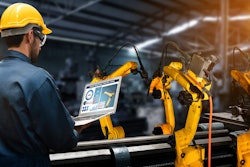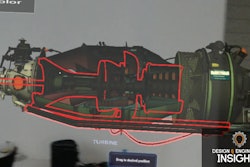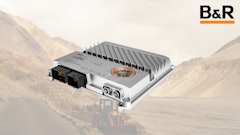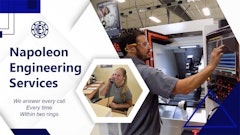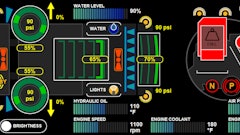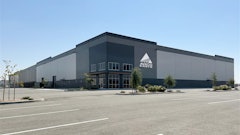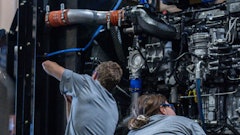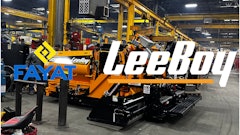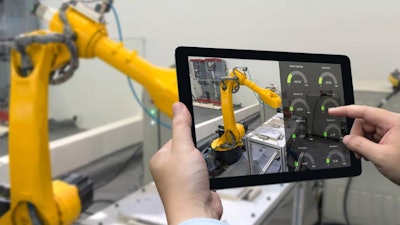
GridRaster Inc. announces it has achieved millimeter accuracy in mixed reality overlays using three-dimensional Artificial Intelligence (3D AI). GridRaster becomes unique in offering 3D AI for virtual overlays in enterprise design/build environments.
AR/VR are experiences that blend physical and digital environments, such as the filters used on popular social media apps. Computer-generated objects coexist and interact with the real world in a single, immersive scene. Large enterprises are leveraging such technology in applications such as design overlays to design and build airlines and automobiles, for example.
AR/VR Has Traditionally Leveraged 2D Technology
Much of this immersive MR experience has traditionally been used leveraging two-dimensional (2D) virtual technology. However, GridRaster now leverages deep learning-based 3D computer vision for more accurate spatial mapping, offering a distinct advantage for clients leveraging this unique platform.
One of the key requirements for mixed reality applications is to precisely overlay on an object its model or the digital twin. This helps in providing work instructions for assembly, training, and also catch any errors or defects in manufacturing.
Most on-device object tracking systems use a 2D image and/or marker-based tracking. This severely limits overlay accuracy in a 3D environment because 2D tracking cannot estimate depth with high accuracy, and consequently the scale, and the pose. This means even though users can achieve what looks like a good match when looking from one angle and/or position, the overlay loses proper accuracy during alignment.
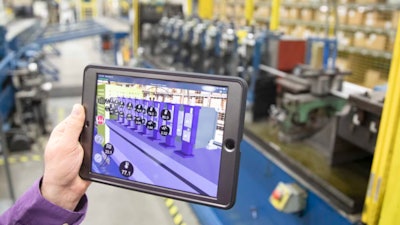 Grid Raster Inc.
Grid Raster Inc.
3D AI Mixed Reality Offers More Accuracy
Deep learning-based 3D AI allows users to identify 3D objects of arbitrary shape and size in various orientations with high accuracy in the 3D space. This approach is scalable with any arbitrary shape and is amenable to use in enterprise use cases requiring rendering overlay of complex 3D models and digital twins with their real world counterparts.
This can also be scaled to register with partially completed structures with the complete 3D models, allowing for on-going construction and assembly. The GridRaster module can achieve an accuracy of up to 1 mm in the object registration and rendering through its platform. The rendering accuracy is primarily limited by the device capability.
“This sophisticated and unique approach to 3D object tracking will allow our enterprise clients to truly fuse the real and virtual worlds, opening up many applications,” said Rishi Ranjan, CEO of GridRaster. “With 3D AI our clients can leverage cutting-edge virtual design/build applications that include training with work instructions, defect and error detection in construction and assembly environments, and 3D design and engineering with life-size 3D rendering and overlay.”




